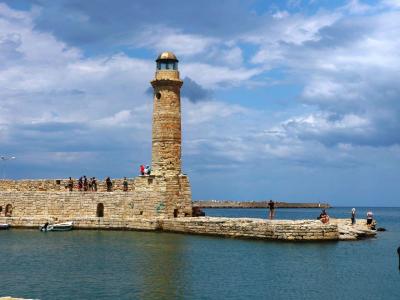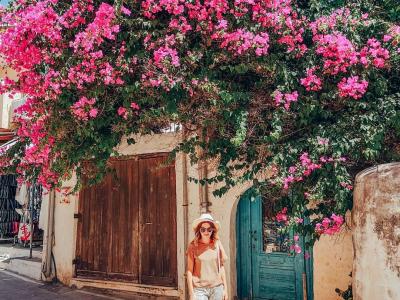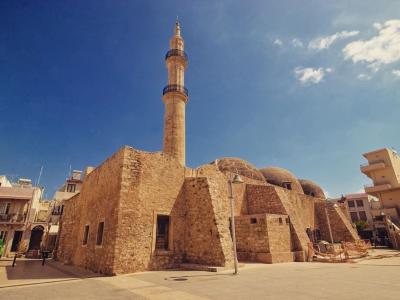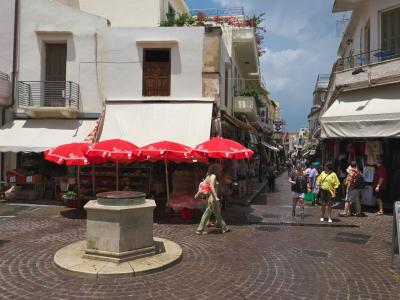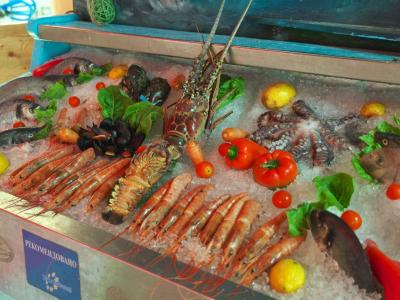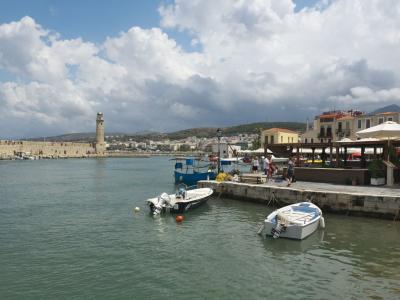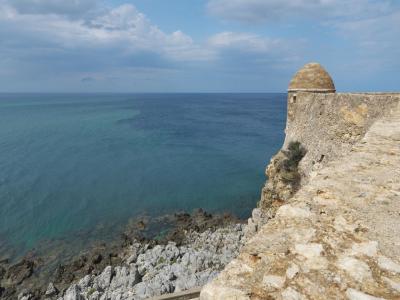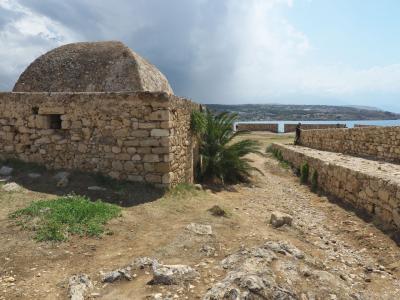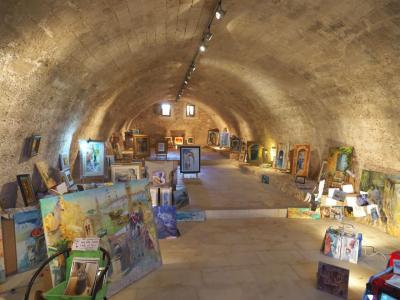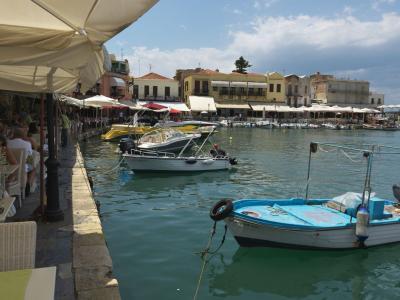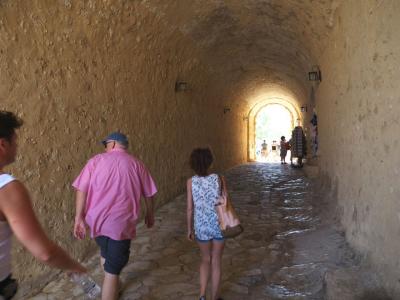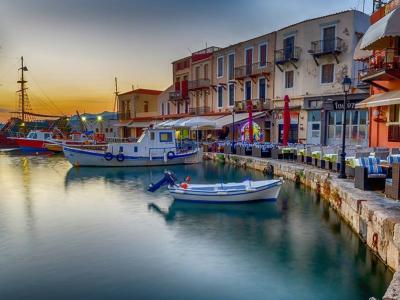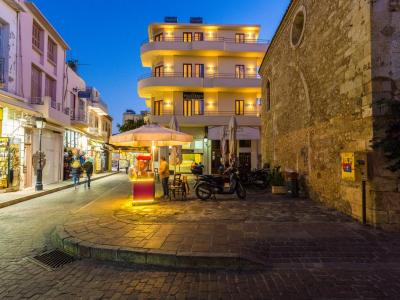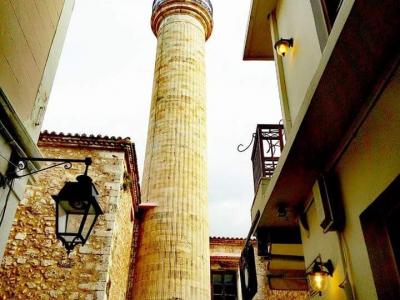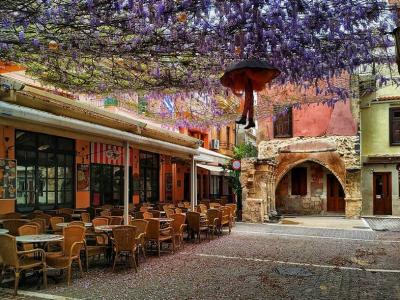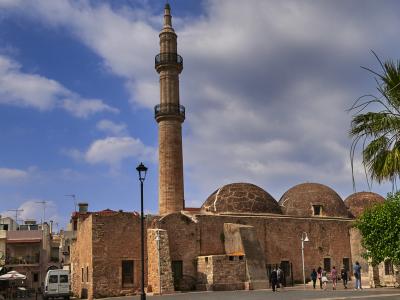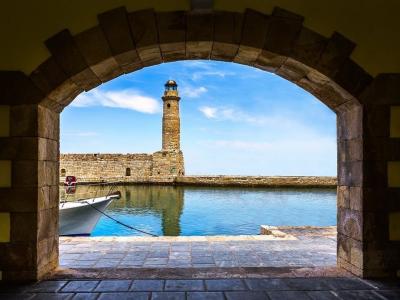RETHYMNO
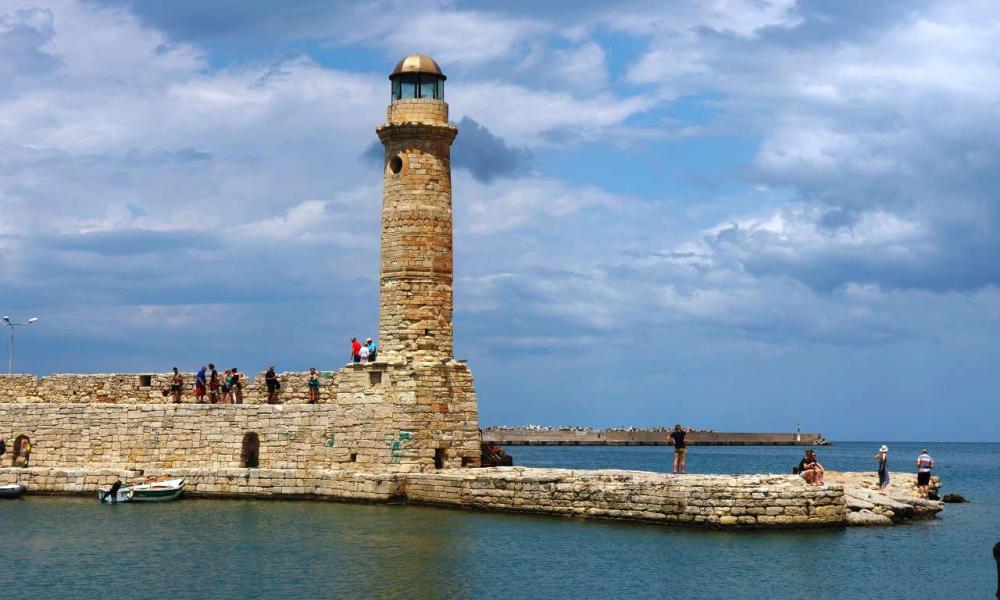
R E T H Y M N O
Between Europe, Asia and Africa, there lies Crete and Rethymno, its hidden jewel. Rethymno and its region are rich in archaeological sites, monasteries and churches, Venetian villages and fortresses.
Blessed with scenic beaches and emerald blue seas combined with high mountains, deep gorges and caves, Rethymno offers plenty of adventure opportunities and a wide variety of sports ranging from scuba diving, sailing and surfing, to biking and trekking.
Dining can mean anything from casual cafes and local tavernas with native specialities to romantic gourmet restaurants, not to mention the exciting nightlife. Hotels here are proud to offer luxurious accommodations and conference facilities. Rethymno is easily accessible by aeroplane and ferry boat. Rethymno, one of Crete's four prefectures, is situated between the prefectures of Chania and Heraklio.
To the north, it borders the Cretan Sea and to the South with the Libyan Sea. Its capital, of the same name as the prefecture, is situated at a distance of 58 km from the town of Chania and 78 km from the town of Heraklio. The old town of Rethymno was built on the cape of the north coast of the prefecture. The largest part of the prefecture is mountainous with small but interesting changes in its morphology, such as imposing gorges, numerous caves, lush green valleys and small rivers. Plain areas are mostly found on the north coast and in between the mountain massifs. On the east towers the Ida Mountain or "Psiloritis", which is Crete's highest mountain with a height of 2,456 m, followed by the Mountain Range of Kedros, Mount Kouloukouna or Talaia Mountain Range, Mount Vryssina and Kryoneritis. Among the 850 caves which the mountains boast many are of specific archaeological, historical and folkloric interest.
The most famous caves of the prefecture are those of Edition Andron, of Gerani, of Aghios Antonios at the village of Patsos, of Melidoni, and the cave of Sfendoni in the area of Zoniana. Ravines of particular beauty divide both mountains and mountain ranges of the prefecture of Rethymno: The Kourtalioti gorge, the Kotsifou gorge, the Patsos gorge in the province of Amari, the Preston gorge, the gorge of Arkadi, of Milo, as well as many smaller ones.
The area of Rethymno is full of disparities, displaying
a wild mountainous landscape on the one hand and large areas of fertile valleys on the other as well as a precipitous rocky coast interspersed with long sandy beaches. It also
boasts places of particular beauty such as the “Lake” of Preveli, the Nida Plateau, the village of Argyroupoli and course the unique beaches of Rethymno, Episkopi, Panormo, Plakias, Preveli, Triopetra, Aghia Galini and many others.
The existence of human life during the Neolithic period is proved by archaeological findings in the Ideon Andron cave on Mount Psiloritis, and the Gerani cave. The greater number of archaeological findings dating back to the Minoan period can be explained by the fact that human existence and activity became more common both in caves as well as in a variety of other dwellings places, the remains of which cover the entire area of the Prefecture and are evidence of every stage of the Minoan period:
The Sfendoni cave, the sites of Chamalevri, the palatial installations of Monastiraki in the district of Amari, the settlement of Stavromenos, the Melidoni cave, the cemetery of Armeni, the settlement of Zominthos in the area of Anoghia. During the Geometric period, important cities such as Eleftherna and Axos in the Mylopotamos area flourished.
Continuous development of the same areas can also be observed during the period of Antiquity. During Classical and Hellenistic times, the ancient town of Rithimna, which was situated in the same place as the modern town of Rethymno is today, must have flourished. Simultaneously, the other large cities of the prefecture, such as Eleftherna, Axos, Lappa
and Sivrytos continued to exist during the Hellenistic and the Graeco-Roman period. During the First Byzantine period, Crete was included in the East Roman Empire, constituting a separate district, which was governed by a Byzantine general.
Henceforth Christianity expanded on the island.
During the early Christian and First Byzantine periods a large number of temples were built, many of which have been discovered by archaeologists. Starting from the year 824 up until 961, the island was governed by the Arabs, although very little evidence of this fact was found in the area of Rethymno apart from some Arabian coins, which were found in the village of Giannoudi.
During the Second Byzantine period (961-1210) fortification works in the town of Rethymno were started for that the first time, as we shall see further on. In the year 1211, the long and interesting period of the Venetian occupation began remains of which can be seen still on all levels in the area of the town of Rethymno
